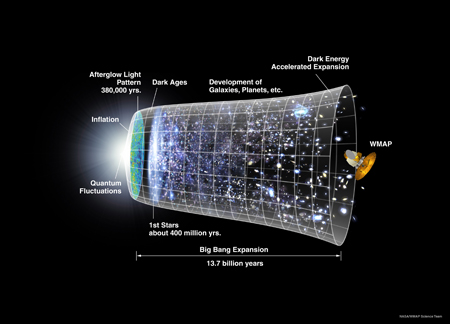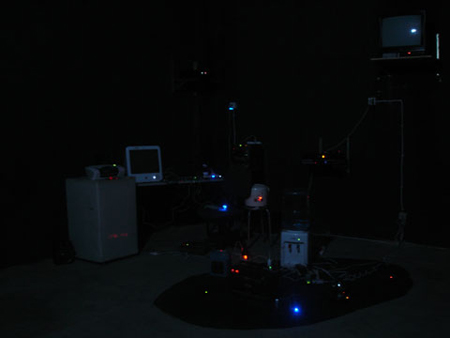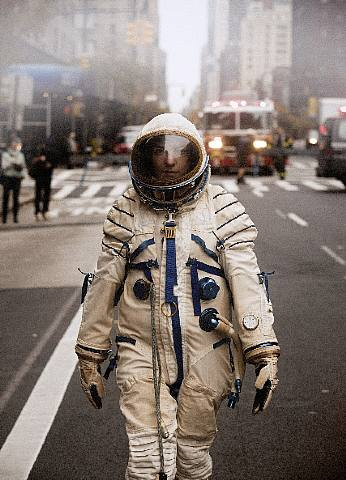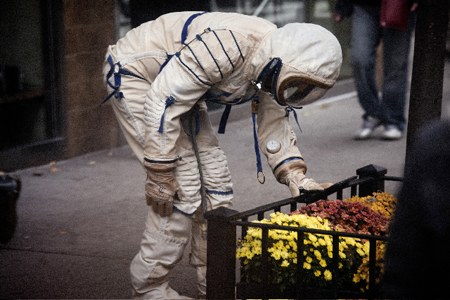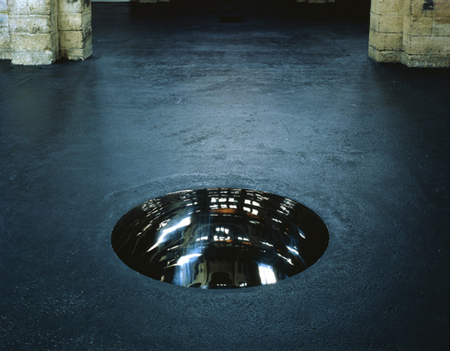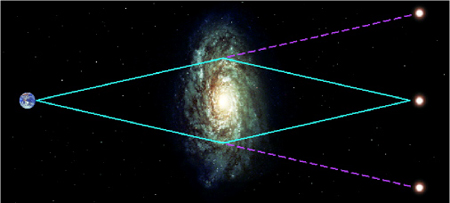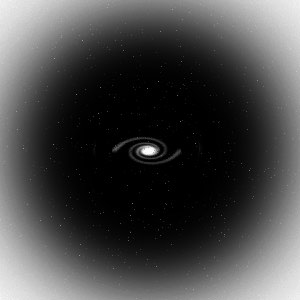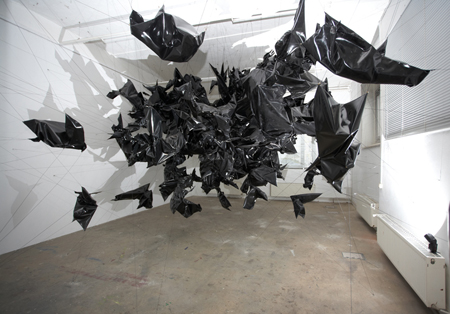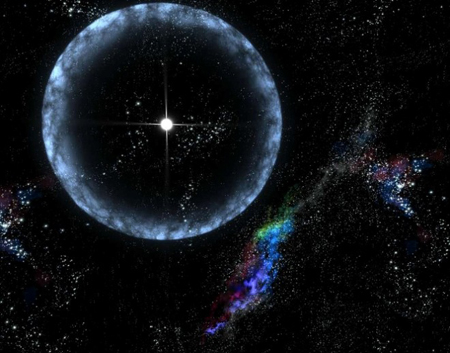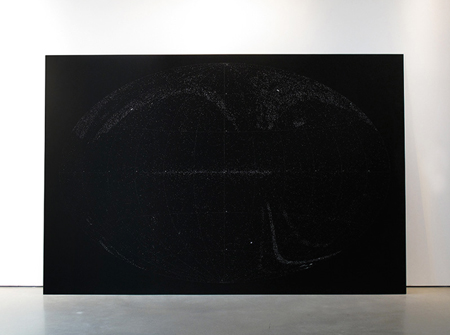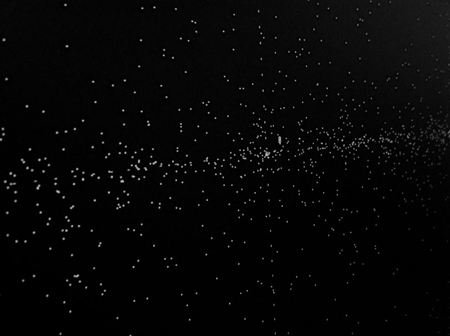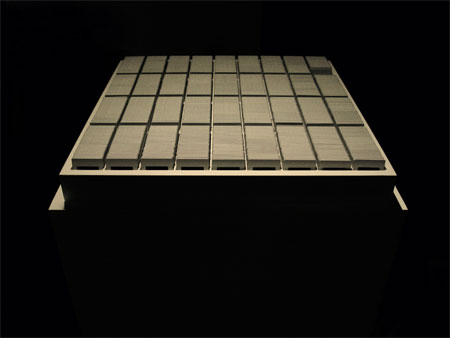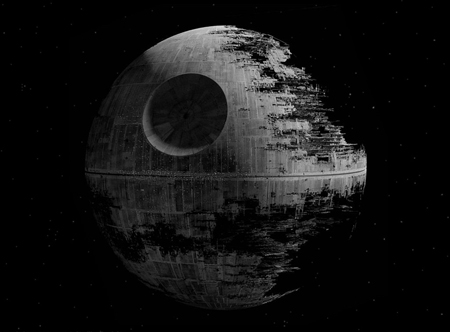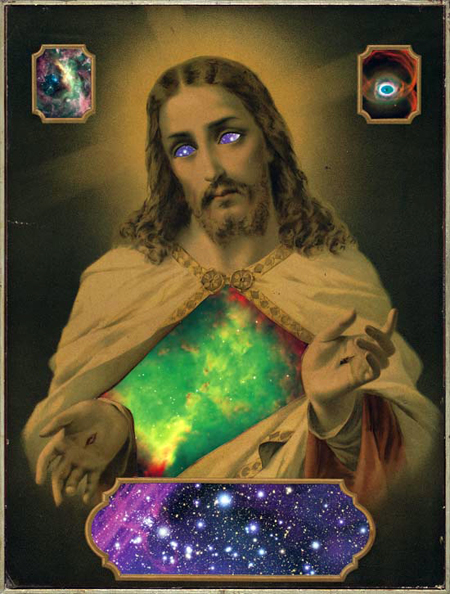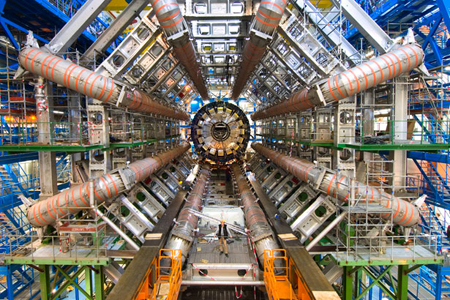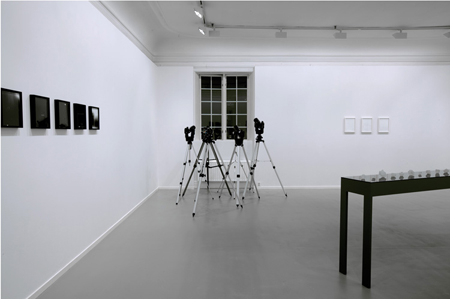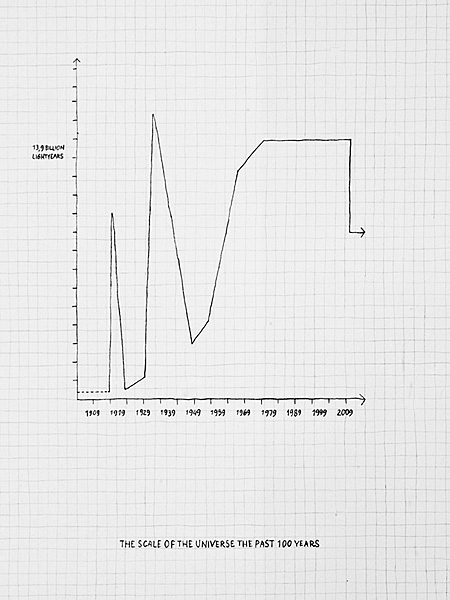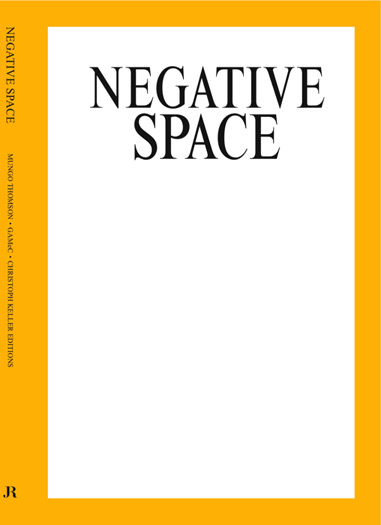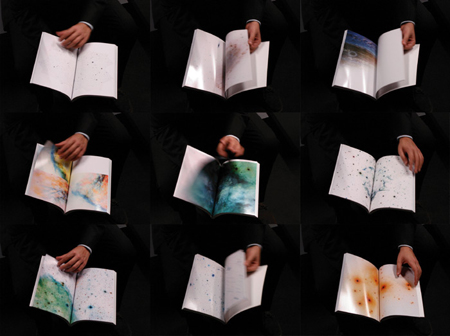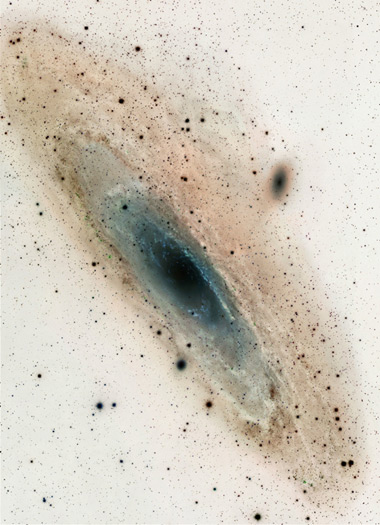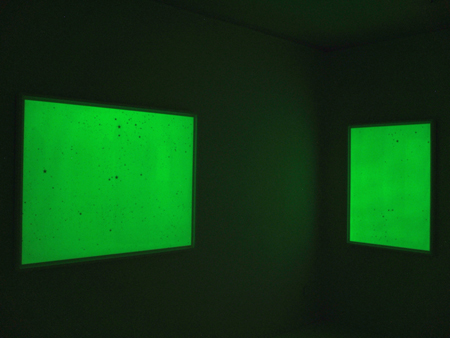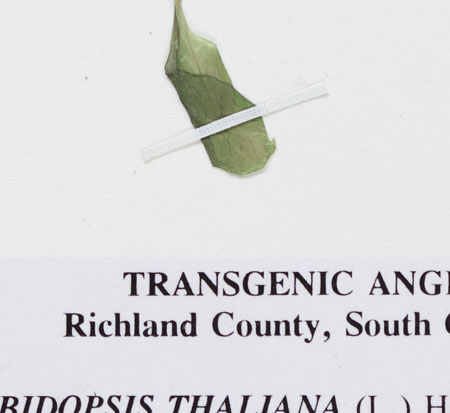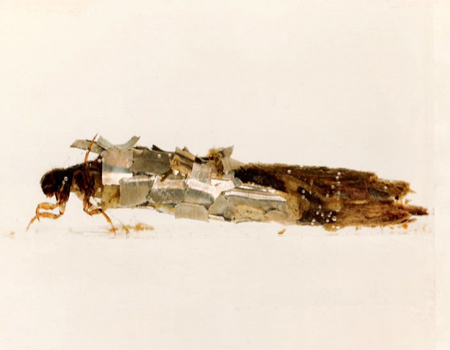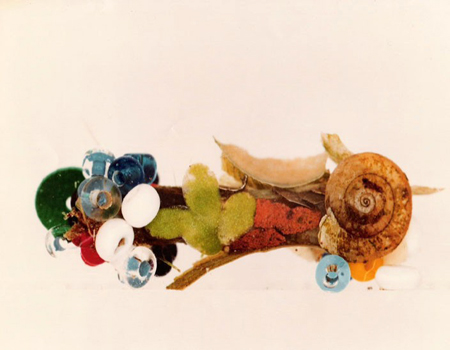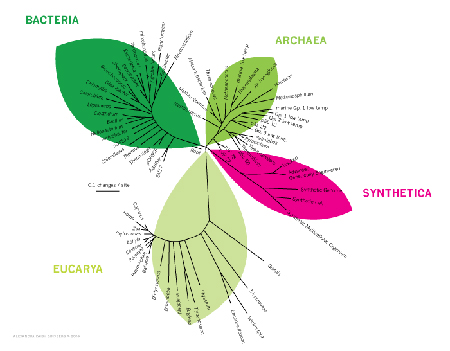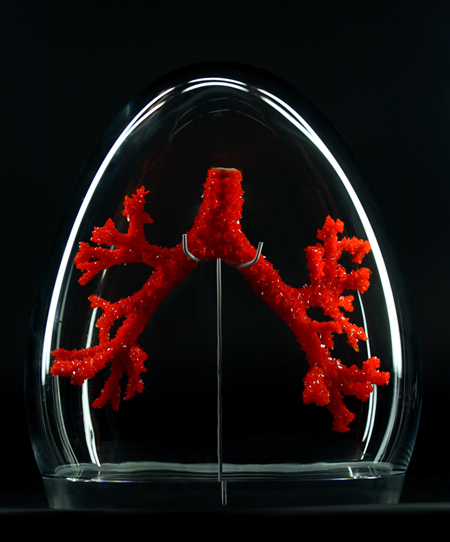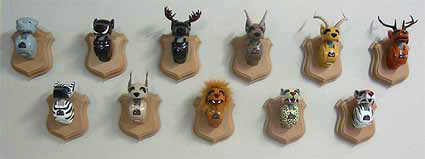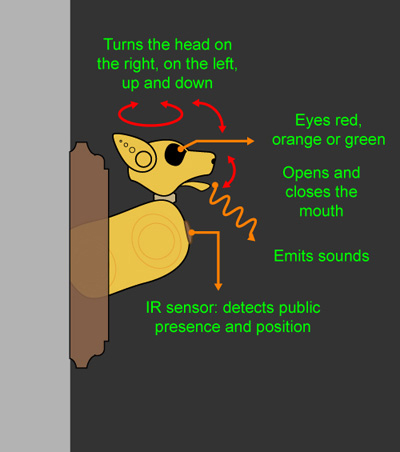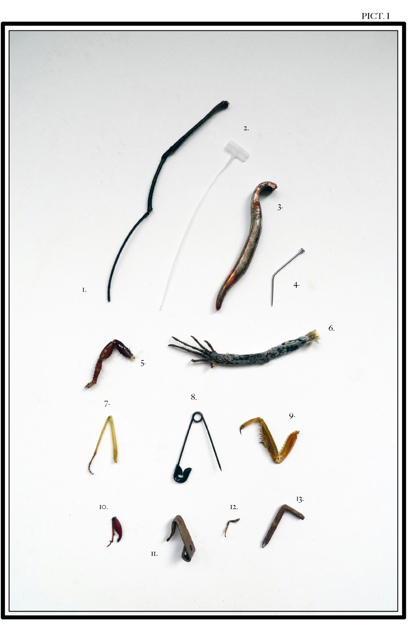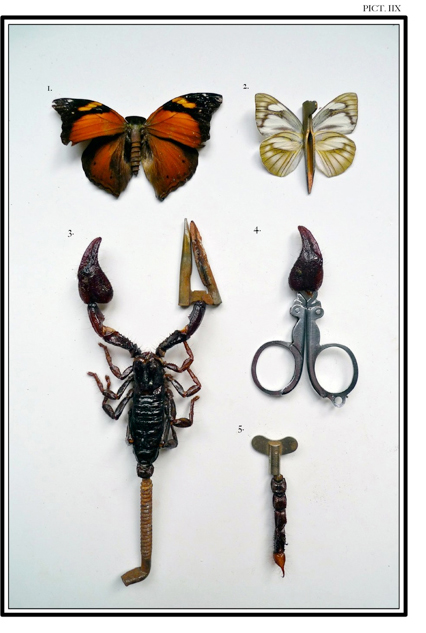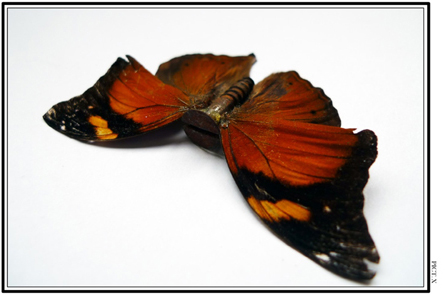Dark matter is one of astrophysics’ greatest enigmas. It is thought to be five times more common than visible matter, but there is no proof of what it is made of. Until now, the best evidence for dark matter was that orbital speeds of stars in a galaxy do not fall off with increasing distance from the galaxy’s center, as would seem to be necessary to keep the stars from flying off into space. The fact that the galaxies hold together suggests that unseen mass provides the gravity to hold them together. Some researchers have sought to explain the steady orbital speed with alternative theories of gravity, but it is unlikely that anything other than dark matter can explain the new observations.
Most cosmologists are convinced that the answer lies in physics theory, which predicts the existence of fundamental particles that have not yet been discovered. They are called Weakly Interacting Massive Particles, or WIMPs.
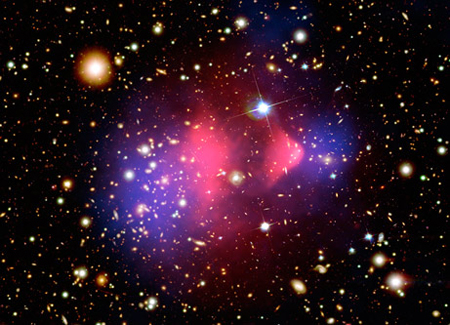
Dark matter (blue) passed through nearly unaffected after the head-on galactic
collision of 2006, while visible matter (red) slowed down and spread out. High-
energy electrons captured over Antarctica could reveal the presence of a nearby
but mysterious astrophysical object that's bombarding Earth with cosmic rays,
researchers say. Or the electrons may be the long-awaited physical evidence of
elusive dark matter. Either way, the unusual particles are exciting for astro-
physicists, who say they could someday confirm or deny decades of unproven
theories. (Credit: NASA)
A few exotic particles have been suggested as dark matter ingredients; the Kaluza-Klein particle, the Axion and the Neutralino. The most wanted particle however that might account for the missing matter is the Higgs boson particle, also known as the ‘God-particle’. The existence of the particle is postulated as a means of resolving inconsistencies in current theoretical physics, and attempts are being made to confirm the existence of the particle by experimentation, using the Large Hadron Collider (LHC) at CERN and the Tevatron at Fermilab.
The Higgs boson is the only Standard Model particle that has not been observed and is thought to be the mediator of mass. Experimental detection of the Higgs boson would help explain the origin of mass in the universe.
Both deep underground and high in sky scientists are attampting to capture the misterious dark matter particle.
A technique used by the Cryogenic Dark Matter Search (CDMS) detector at the Soudan Mine at Minnesota, US, relies on multiple very cold germanium and silicon crystals. The crystals (each about the size of a hockey puck) are cooled to about 50 millikelvins. A layer of metal (aluminium and tungsten) at the surfaces is used to detect a WIMP passing through the crystal.
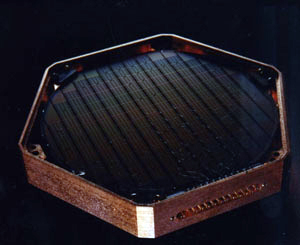
One of the hocky-puck-size detectors used in the CDMS experiment.
DRIFT I was built by UK and US scientists to search for dark matter. DRIFT I ran between 2001 and 2004, 1.1 kilometres underground in Yorkshire’s Boulby Mine. It did not detect dark-matter particles, but its powerful successors continue the search.
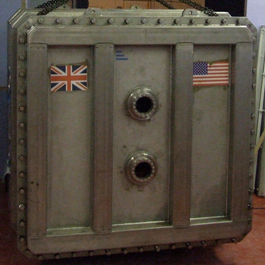
In SNOLAB, a Canadian underground physics laboratory at a depth of 2 km in Sudbury, Ontario, scientists are conducting two experimental programs, LEAP-1 and PICASSO, in order to find the missing WIMPs.
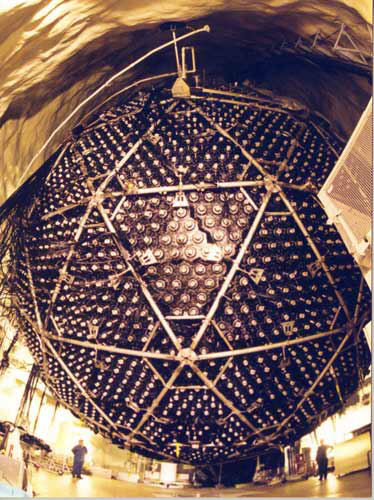
At the Kamioka Observatory, Institute for Cosmic Ray Research a neutrino physics laboratory located underground in the Mozumi Mine of Hida in Gifu Prefecture, Japan, several studies are being carried out to find a WIMP. The particle detector is a cylindrical tank which contains 3,000 tons of pure water and has about 1,000 50 cm diameter photomultiplier tubes (PMTs) attached to the inner surface.
Andreas Gursky
Kamiokande, 2007
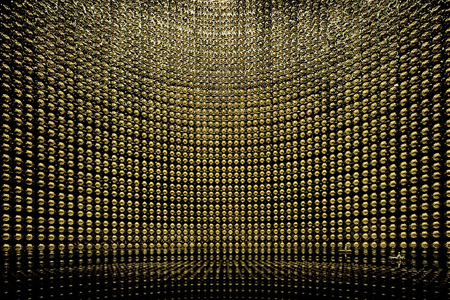
In 2016 the deepest research station DUSEL will become operational. The Deep Underground Science and Engineering Laboratory, or DUSEL is a major project under consideration by the National Science Foundation. DUSEL will be a series of large laboratories, caverns, and cleanrooms serving the field of underground science. The main impetus for DUSEL is the study of extremely rare nuclear physics processes, like neutrino scattering and dark matter interactions which can only be studied in the absence of cosmic rays.
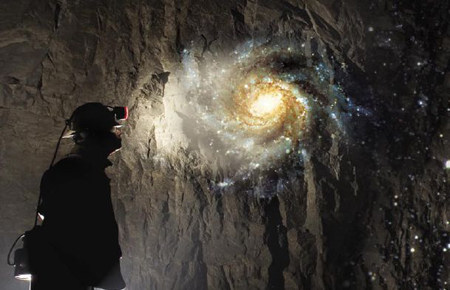
(photo: DUSEL)
The Advanced Thin Ionization Calorimeter (ATIC) is a balloon-borne instrument flying in the stratosphere over Antarctica to measure the energy and composition of cosmic rays. ATIC was launched from McMurdo Station for the first time in December 2000 and has since completed three successful flights out of four.
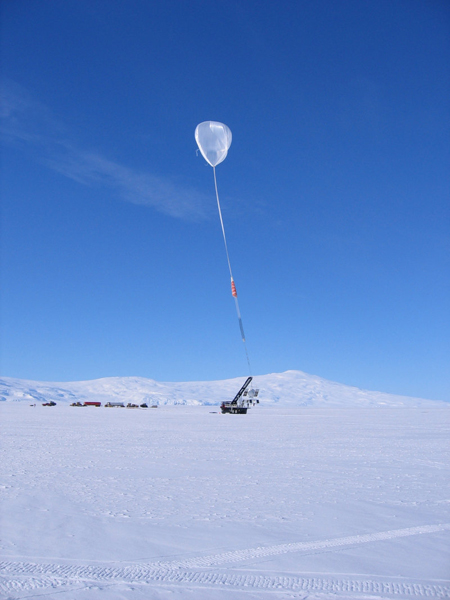
The balloon awaits release from the launch vehicle / T. Gregory Guzik / Nature.
In 2008 the Fermi Gamma Ray Space Telescope (GLAST) was launched into space in order to look for signs of new laws of physics and what composes the mysterious dark matter. This mision should complement the data coming from the Payload for Antimatter Matter Exploration and Light-nuclei Astrophysics (PAMELA) which was launched in 2006.
By the end of 2010, despite all the efforts, the mystery of the dark matter in the universe remains unsolved.

(Photo: NASA)

